Understanding the cottage food laws in Washington state is crucial for success. The regulations dictate what types of foods can be produced, the sales limits, and the labeling requirements. By familiarizing yourself with these rules, you can ensure your business is compliant and set up for success.
Key Takeaways
- Understand the cottage food laws in Washington State.
- Learn what types of foods are allowed under these laws.
- Familiarize yourself with sales limits and labeling requirements.
- Discover the importance of compliance for your business.
- Get started on your cottage food business journey.
Understanding Washington State Cottage Food Laws
Understanding the cottage food laws is essential for anyone looking to launch a home bakery in Washington State. These laws are designed to allow individuals to sell certain homemade foods, including baked goods, directly to consumers while maintaining safety and regulatory compliance.
What Are Cottage Food Laws?
Cottage food laws are regulations that permit individuals to produce and sell certain low-risk foods from their home kitchens. These laws vary by state and are intended to support small-scale food entrepreneurs by simplifying the legal requirements for starting a food business.
Washington’s Specific Regulations
In Washington State, the Department of Agriculture (WSDA) oversees cottage food operations. To comply, home bakers must register their operation and adhere to specific guidelines, including proper labeling and sales limitations.
Annual Sales Limitations and Income Caps
Washington State imposes an annual gross sales limit on cottage food operations. As of the latest regulations, this limit is set at $35,000. Exceeding this threshold requires reevaluation of the business structure and potentially registering as a different type of food operation.
| Regulation | Description | Limit/Requirement |
|---|---|---|
| Annual Sales Limit | Gross sales from cottage food operations | $35,000 |
| Registration | Requirement for cottage food operations | Mandatory with WSDA |
| Labeling | Information required on product labels | Product name, ingredients, “Made in a Home Kitchen” |
Cottage Food Facts
- The application fee is $355 and is nonrefundable after it is received by our office
- Verify that your food products are allowed before you submit an application
- The permit is valid for two years from the date of issuance
- A Cottage Food Permit must be issued before you sell your product
- The permit is valid only for the person applying and their primary domestic residence identified on the application
- If you move you must submit a new application with the fee
- On average, the application process takes 6-8 weeks from the time a complete application is received by our office and when the permit is issued
- Your products can only be sold directly to the consumer and not wholesale (resold by somebody else). For information about selling a food product wholesale, please visit the Food Processors page.
- The maximum number of products allowed is 50 master products. A product can have a variation(s) and still be counted as one product.
- Gross sales of Cottage Food products may not exceed $35,000 annually
- Check with your city and county about zoning ordinances and municipal laws that apply to conducting a business from your home
- All information included in the application is subject to the Washington State Public Records Act, including recipes, so do not submit recipes with your application
- Click here for more useful links regarding Cottage Food permits
Determining if Your Products Qualify
Understanding the approved and prohibited products under Washington’s cottage food laws is vital for a home bakery’s success. The state’s regulations are designed to ensure food safety while allowing home bakers to operate.
Approved Cottage Food Products
Cottage food laws in Washington State permit the sale of certain non-hazardous foods that are made in a home kitchen. Approved products include baked goods like cookies, cakes, and bread, as well as jams, honey, and other homemade foods that are not potentially hazardous.
Prohibited Items and Ingredients
Certain products are prohibited due to food safety concerns. These include dairy products, meat, and any foods that require refrigeration. Ingredients like raw eggs and unpasteurized dairy are also restricted due to the risk of contamination.
Shelf Stability Requirements
To qualify as a cottage food product, items must be shelf-stable, meaning they can be stored at room temperature without spoiling. This requirement is crucial for ensuring food safety.
| Product Category | Allowed | Not Allowed |
|---|---|---|
| Baked Goods | Cookies, Cakes, Bread | Custards, Cream-filled Pastries |
| Preserves | Jams, Honey | Dairy-based Preserves |
By understanding these guidelines, home bakers can determine which products qualify under Washington’s cottage food laws and ensure compliance with state regulations.
Setting Up Your Home Kitchen
A well-organized home kitchen is the foundation of a thriving home bakery business in Washington State. To ensure your kitchen is ready for baking, you’ll need to consider several key factors.
Equipment and Space Requirements
Your home kitchen should have dedicated space for baking and storing ingredients and products. Essential equipment includes mixers, ovens, and utensils. Ensure that your equipment is in good working condition and that you have enough space to work comfortably.
Storage Considerations for Ingredients
Proper storage of ingredients is crucial for maintaining their quality and safety. Use airtight containers to store dry goods like flour and sugar, and keep them in a cool, dry place. Perishable ingredients should be stored in the refrigerator at the correct temperature.
Keeping Home and Business Activities Separate
It’s essential to maintain a clear separation between your home and business activities to ensure compliance with Cottage Food Laws. Designate a specific area for your baking business and keep it organized and clean.
| Aspect | Requirement |
|---|---|
| Equipment | Mixers, ovens, utensils in good condition |
| Storage | Airtight containers for dry goods, refrigeration for perishables |
| Space | Dedicated area for baking and storage |
By focusing on these key areas, you can create a home kitchen that is both efficient and compliant with Washington State’s Cottage Food Laws.
Meeting Food Safety Requirements
To maintain a safe and successful home bakery, it’s vital to comprehend Washington State’s food safety regulations. Ensuring compliance with these regulations not only protects your customers but also safeguards your business.
Obtaining a Food Worker Card
A critical step in meeting food safety requirements is obtaining a Food Worker Card. This involves completing a food safety course approved by the Washington State Department of Health. The course covers essential topics such as proper food handling, preparation, and storage techniques. Upon completing the course, you’ll receive your Food Worker Card, which is a mandatory credential for operating a home bakery.
Here’s an overview of the process:
- Find an approved food safety course provider
- Complete the required training hours
- Pass the certification exam
- Receive your Food Worker Card
Kitchen Standards and Inspection Criteria
Maintaining a clean and safe kitchen environment is paramount. The Washington State Department of Agriculture (WSDA) conducts inspections to ensure compliance with kitchen standards. Key areas of focus during inspections include:
| Inspection Criteria | Description | Compliance Requirements |
|---|---|---|
| Cleanliness | Surfaces and equipment must be clean and sanitized regularly. | Regular cleaning schedules and sanitizing protocols. |
| Food Storage | Food must be stored at appropriate temperatures and in sealed containers. | Proper storage facilities and temperature control measures. |
| Waste Management | Adequate disposal of waste to prevent contamination. | Regular waste disposal and proper waste storage. |
As emphasized by the WSDA, “Maintaining a clean and organized kitchen is crucial for preventing contamination and ensuring the safety of your baked goods.”
Allergen Management Protocols
Effective allergen management is critical to prevent cross-contamination and protect consumers with food allergies. Implementing protocols such as separating allergenic ingredients, using dedicated equipment, and labeling products clearly can significantly reduce risks.
“Labeling your products with ingredient information and allergen warnings is not only a regulatory requirement but also a crucial step in protecting your customers.” – Food Safety Expert
To manage allergens effectively, consider the following strategies:
- Identify common allergens in your recipes
- Implement separate storage and preparation areas for allergenic ingredients
- Clearly label products with allergen information

By adhering to these food safety requirements, home bakers in Washington State can ensure a safe and compliant business operation. Understanding and implementing these practices not only protects consumers but also enhances the reputation and success of your home bakery.
Applying for a Cottage Food Operation Permit
To start selling your baked goods under Washington State’s Cottage Food Laws, you must first apply for a Cottage Food Operation Permit through the WSDA. This permit is essential for operating a home bakery legally within the state.
Application Process with WSDA
The application process involves submitting the required forms and documentation to the WSDA. You can find the necessary application forms on the WSDA’s official website. The application will require you to provide detailed information about your home bakery, including the types of products you plan to sell and how you will label and store your products.
Required Documentation and Inspections
As part of the application process, you will need to provide documentation that demonstrates your compliance with WSDA regulations. This may include proof of completing a food safety course, a detailed list of the products you intend to sell, and an inspection of your home kitchen to ensure it meets WSDA standards. Inspections are typically conducted to verify that your kitchen is clean, safe, and properly equipped for food preparation.
Fees, Timeline, and Renewal Information
The WSDA charges a fee for processing the Cottage Food Operation Permit application. The current fee and payment details can be found on the WSDA’s website. The processing timeline may vary, but you can generally expect to receive your permit within a few weeks of submitting your application. Your permit will need to be renewed annually, requiring you to update your information and pay the renewal fee.
| Permit Type | Fee | Renewal Frequency |
|---|---|---|
| Cottage Food Operation Permit | $XXX | Annual |
By following these steps and understanding the requirements, you can successfully apply for your Cottage Food Operation Permit and begin operating your home bakery in compliance with Washington State regulations.
Home Bakery Washington State Cottage Food Laws: Business Setup
To establish a thriving home bakery in Washington, it’s crucial to navigate the legal requirements and business setup processes. This involves several key steps that ensure your business is compliant with state regulations and well-positioned for success.
Choosing a Business Name and Structure
Selecting a business name that reflects your brand and is memorable for customers is essential. Additionally, you must decide on a business structure that suits your needs, such as a sole proprietorship, LLC, or partnership. Each structure has different legal and tax implications, so it’s wise to consult with a legal or financial advisor.
For instance, a sole proprietorship is simple to set up but offers no personal liability protection. On the other hand, an LLC provides liability protection but involves more complex setup and ongoing compliance requirements.
Obtaining a Business License
In Washington State, you may need to obtain a business license from your city or county, depending on your location. This license is typically required for any business operating within the jurisdiction, including home-based bakeries.
The process involves submitting an application and paying a fee. The specific requirements can vary, so it’s essential to check with your local government for the most accurate information.
Insurance and Tax Considerations
As a home bakery, you should consider liability insurance to protect your business in case a customer has an adverse reaction to your products. Additionally, you need to understand your tax obligations, including sales tax and income tax on your earnings.
| Business Aspect | Description |
|---|---|
| Business Name | Choose a name that reflects your brand and is easy to remember. |
| Business Structure | Decide on a structure (sole proprietorship, LLC, partnership) based on legal and tax advice. |
| Business License | Obtain a license from your local government as required. |
| Insurance | Consider liability insurance to protect against customer claims. |
| Tax Obligations | Understand sales tax and income tax requirements. |
By carefully setting up your business, you can ensure compliance with Washington State’s Cottage Food Laws and create a solid foundation for your home bakery’s success.

Packaging and Labeling Your Products
To sell cottage food products in Washington State, you must adhere to specific packaging and labeling regulations. Proper labeling is not only a legal requirement but also a crucial aspect of building customer trust.
Required Label Information
Cottage food products sold in Washington State must have labels that include specific information. The label must contain the product name, a statement indicating that the product was made in a home kitchen, your business name and address, and a list of ingredients.
“Made in a Home Kitchen” Disclosure
A key requirement for cottage food labeling is the inclusion of a “Made in a Home Kitchen” or similar disclosure statement. This informs consumers that the product was not produced in a commercial or inspected kitchen.
Ingredient Lists and Allergen Warnings
Clearly listing ingredients is vital for consumer safety, especially for those with food allergies. If your product contains common allergens like nuts, dairy, or soy, you must highlight these on the label.
| Label Component | Description |
|---|---|
| Product Name | The name of your cottage food product. |
| “Made in a Home Kitchen” | A statement indicating the product was made in a home kitchen. |
| Business Name and Address | Your business name and contact address. |
| Ingredient List | A list of ingredients used in the product, highlighting common allergens. |
By following these guidelines, home bakers can ensure their products are properly labeled, complying with Washington State Cottage Food Laws and building trust with their customers.
Conclusion: Growing Your Washington Home Bakery Business
Launching a home bakery in Washington state under cottage food laws can be a rewarding venture for food entrepreneurship enthusiasts. By understanding and complying with these regulations, you can successfully sell cottage food products and grow your business.
As you’ve learned, setting up a home bakery involves determining eligible products, preparing your kitchen, meeting food safety requirements, and obtaining necessary permits. With the right knowledge and compliance, you can establish a thriving cottage food business in Washington.
Growing your business requires dedication and adherence to cottage food laws. Focus on creating high-quality products, packaging, and labeling them correctly. As your home bakery expands, continue to innovate and adapt to changing consumer preferences.
By following the guidelines outlined in this article, you’re well on your way to establishing a successful home bakery in Washington state. Take the first step towards turning your passion into a profitable business, and start selling your cottage food products today.
FAQ
What is a cottage food operation permit, and why do I need it?
A cottage food operation permit is required for home-based food businesses in Washington state, allowing you to legally sell certain homemade foods. You need it to operate your business within the state’s cottage food laws.
What types of products can I sell under Washington’s cottage food laws?
You can sell approved cottage food products, such as baked goods, jams, jellies, candies, and other non-hazardous foods that are made in a home kitchen. However, products that require refrigeration, contain meat or fish, or are made with unbaked or custard-style ingredients are generally not allowed.
How do I obtain a food worker card, and what is its purpose?
To obtain a food worker card, you need to complete a food safety course approved by the Washington State Department of Agriculture (WSDA) or a local health department. The card demonstrates that you have the necessary knowledge to handle food safely.
What are the labeling requirements for cottage food products?
Cottage food products must be labeled with the product name, ingredients, your business name, and a “Made in a Home Kitchen” disclosure. You must also include any relevant allergen warnings.
Can I sell my cottage food products online or outside of Washington state?
While Washington’s cottage food laws allow you to sell products within the state, selling online or outside of Washington may be subject to additional regulations or requirements. You should check with the WSDA and other relevant authorities before doing so.
What are the annual sales limitations for cottage food operations in Washington?
Washington state has annual sales limitations for cottage food operations. You should check with the WSDA for the most current information on these limits to ensure your business remains compliant.
How do I apply for a cottage food operation permit with the WSDA?
To apply for a cottage food operation permit, you will need to submit an application to the WSDA, providing required documentation, and potentially undergoing an inspection. The WSDA will guide you through the process and inform you of any associated fees.
What are the kitchen standards and inspection criteria for cottage food operations?
Your home kitchen must meet certain standards for cleanliness, equipment, and food handling practices. Inspections may be conducted to ensure compliance with these standards and to verify that you are following safe food handling practices.
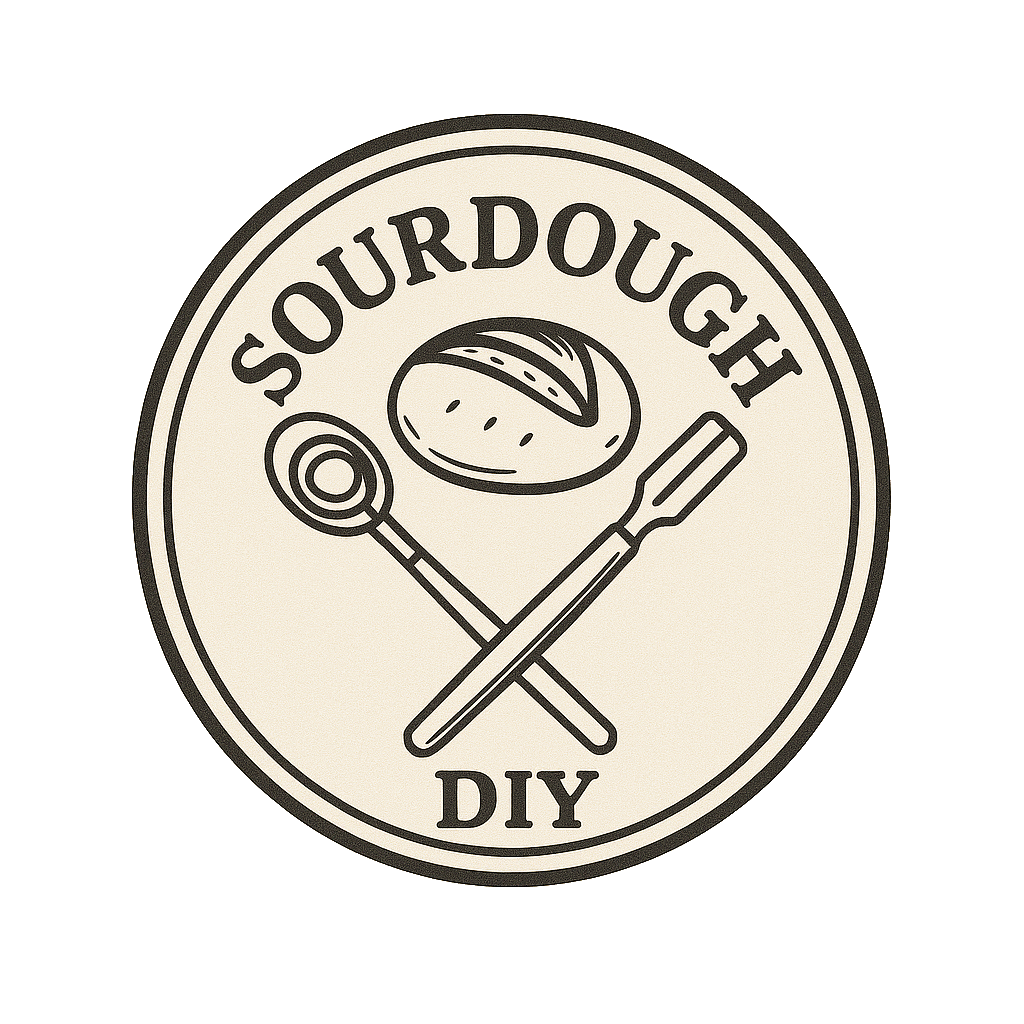
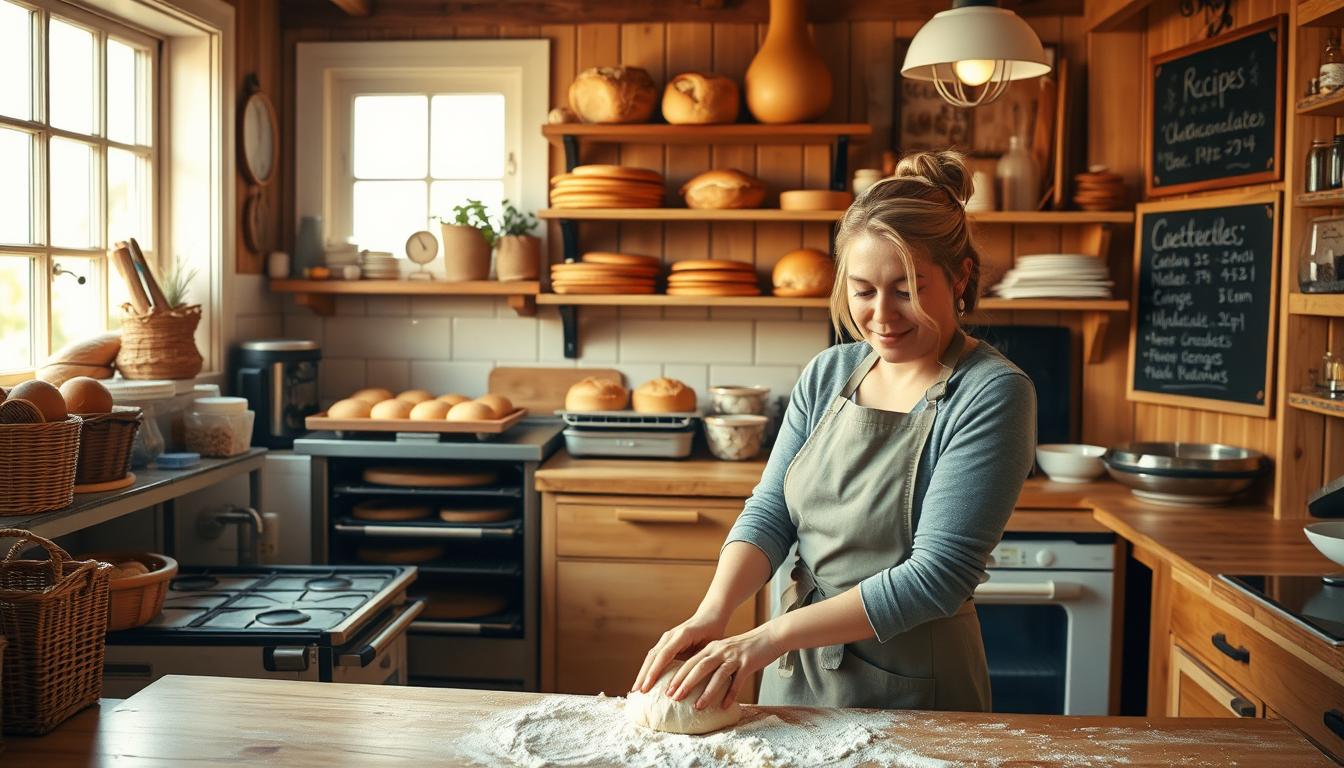
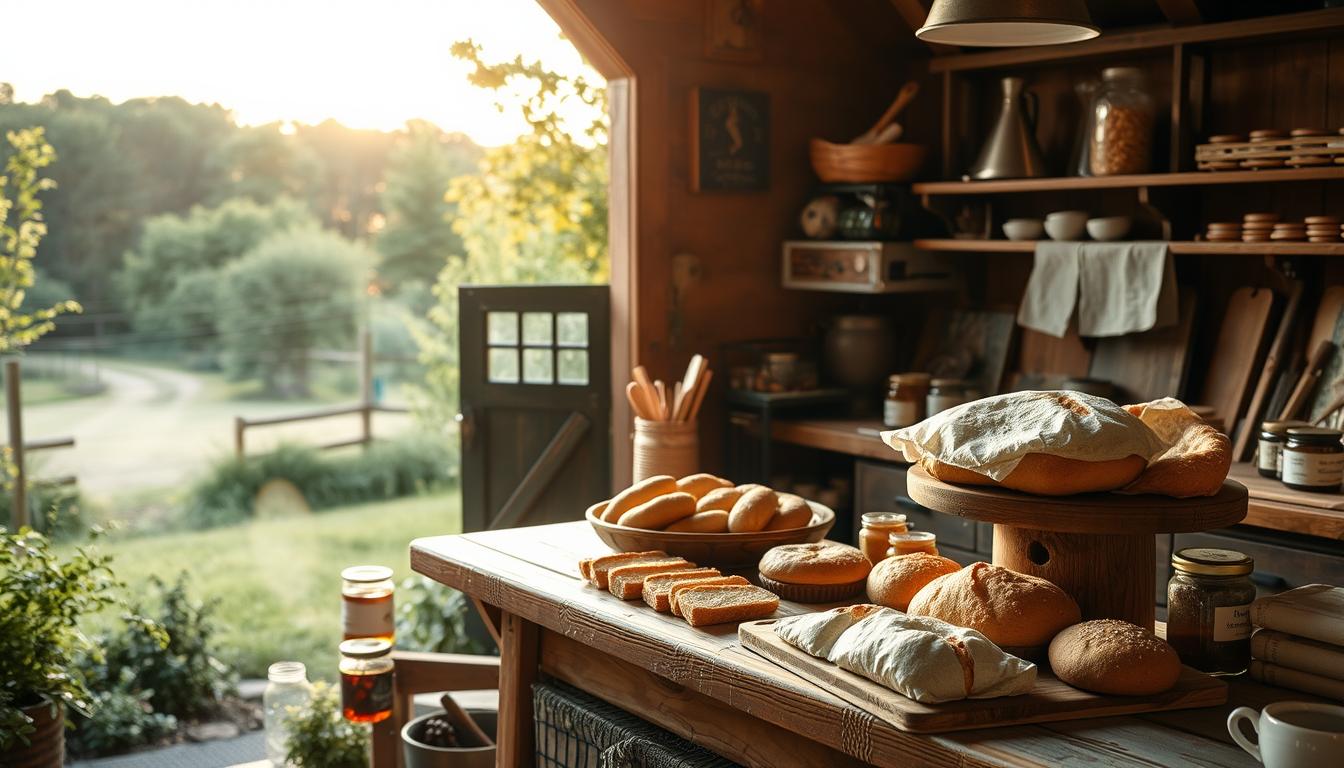
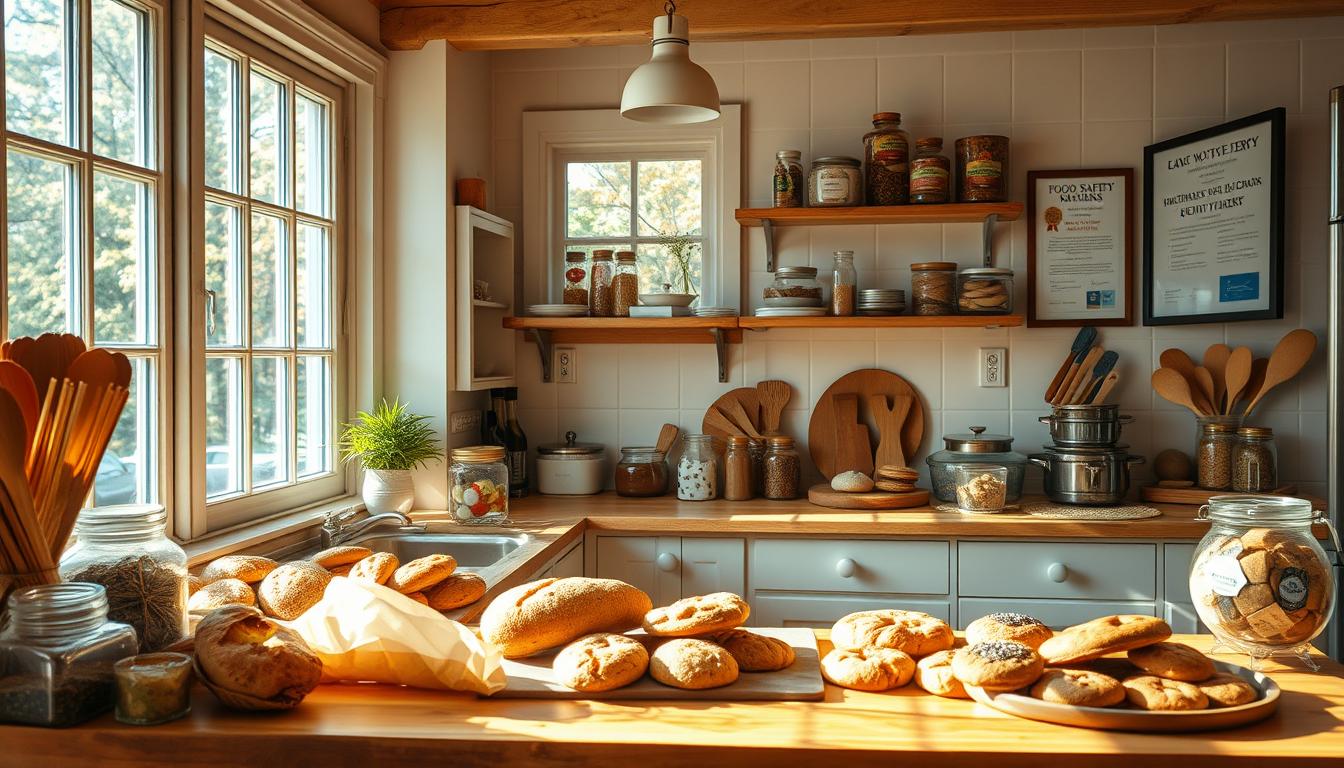
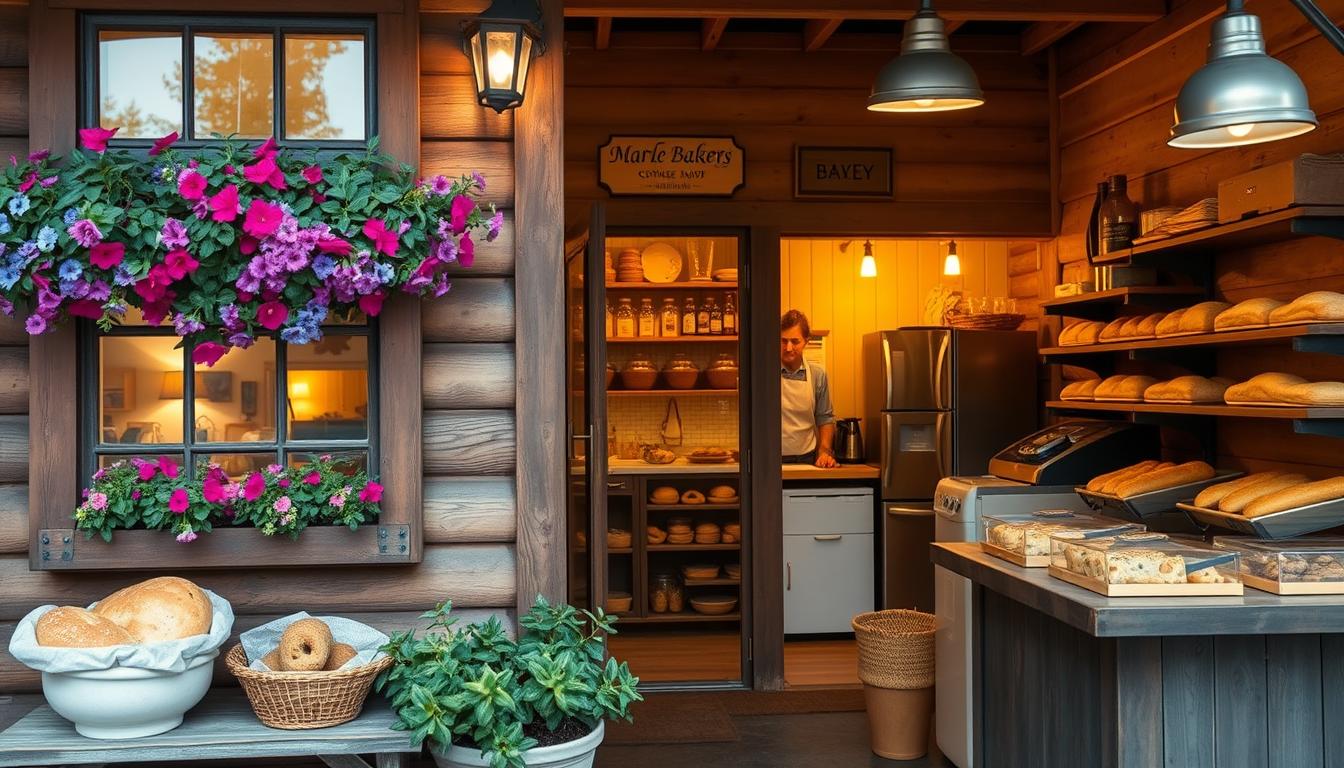
Leave a Reply